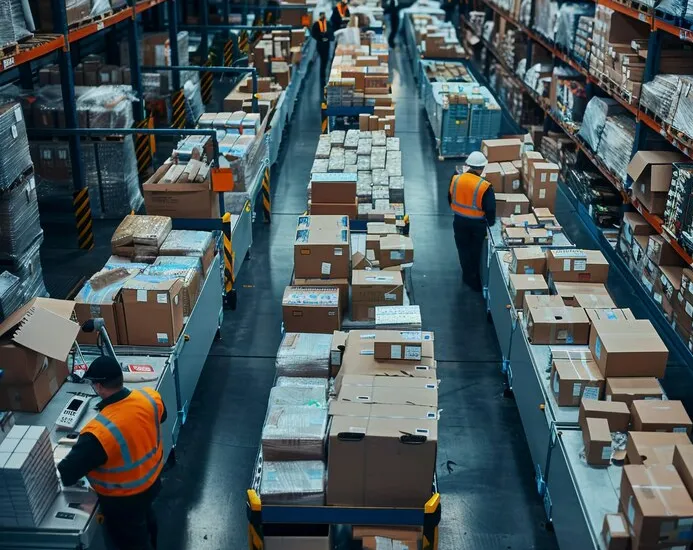Inside the Industry

Warehouse

Infrastructure: Challenges and Opportunities in a Changing World
Infrastructure is the backbone of modern economies, connecting people, goods, and services. From roads and bridges to ports and digital networks, effective infrastructure is essential for economic growth and societal progress. However, aging systems and increasing demands create significant challenges, but at the same time, they open doors for innovation and transformation.
Challenges of Aging Infrastructure
Infrastructure systems in many parts of the world are under significant pressure due to age and increased usage. Roads are filled with potholes, bridges show signs of wear, and ports suffer from congestion. The speed of urbanization has exacerbated these pressures, pushing old systems to their limits.
These issues are not just inconveniences; they directly affect economic efficiency. For example, delays in transporting goods due to inadequate roads can disrupt supply chains, increase costs, and reduce global competitiveness. Additionally, the growing demand for digital infrastructure presents another challenge. The rise of e-commerce, remote work, and cloud computing requires robust data networks and advanced connectivity, while many areas still suffer from a lack of internet access, widening the digital divide.
The Cost of Inaction
The cost of delaying infrastructure updates is steep. The World Economic Forum estimates the global infrastructure gap—the difference between needs and current investments—in the trillions of dollars. Without timely action, this gap will widen, hindering economic development and exacerbating social divides.
Opportunities in Infrastructure Development
While the challenges pose obstacles, they also open doors for innovation and collaboration.
Smart Infrastructure
Integrating technology into infrastructure systems can improve efficiency and sustainability. For example, smart traffic systems use real-time data to reduce congestion and emissions. Similarly, smart grids optimize energy distribution, lowering costs and environmental impact.
Focus on Sustainability
Modern infrastructure projects highlight the importance of green building practices and renewable energy integration. From solar-powered transportation hubs to eco-friendly construction materials, sustainable solutions have become the norm rather than the exception.
Public-Private Partnerships
Governments alone cannot meet the massive financing requirements for infrastructure development. Public-private partnerships contribute to pooling resources and expertise, accelerating project timelines, and ensuring high-quality outcomes.
Resilient Design
Climate change has underscored the need for infrastructure capable of withstanding harsh weather conditions. Many are investing in resilient infrastructure, such as flood-resistant roads and hurricane-proof buildings, which protect assets and save lives.
Bridging the Digital Divide
Expanding access to high-speed internet in underserved areas is crucial for economic and educational equity. Innovations like satellite-based internet and community internet initiatives are helping bridge the gap.
The Road Ahead
Addressing infrastructure challenges requires coordinated efforts, visionary leadership, and sustainable investment. Policies should prioritize long-term planning and collaboration with industry stakeholders to implement future-proof solutions.
Infrastructure is more than just physical structures; it is the foundation of progress. By turning challenges into opportunities, we can create systems that are not only efficient and sustainable but also inclusive and resilient. The future of infrastructure goes beyond building roads or laying cables; it’s about shaping a connected and equitable world.
